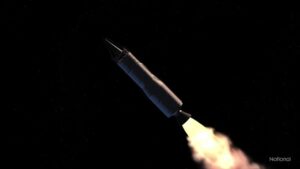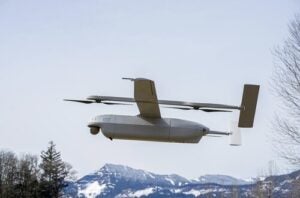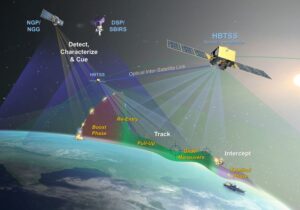
The Under Secretary of Defense for Research and Engineering said the schedule for the Missile Defense Agency’s (MDA) interceptor aimed at hypersonic missile threats is slipping due to lower funding than planned. “I think the schedule slipping is really dependent on the money we can get. So here's the problem - we can lay out the program, say this is how long it's going to take us to develop a capability. If you don't give us the amount of money…

 By
By 











